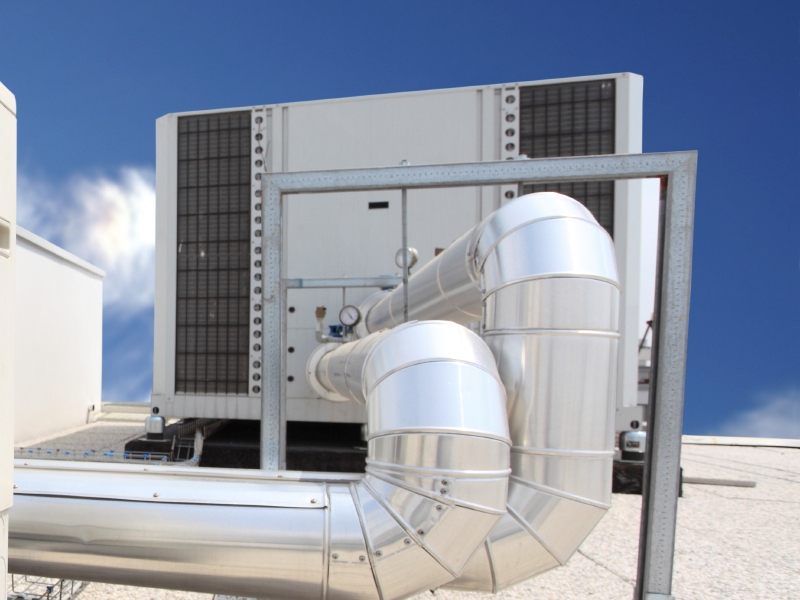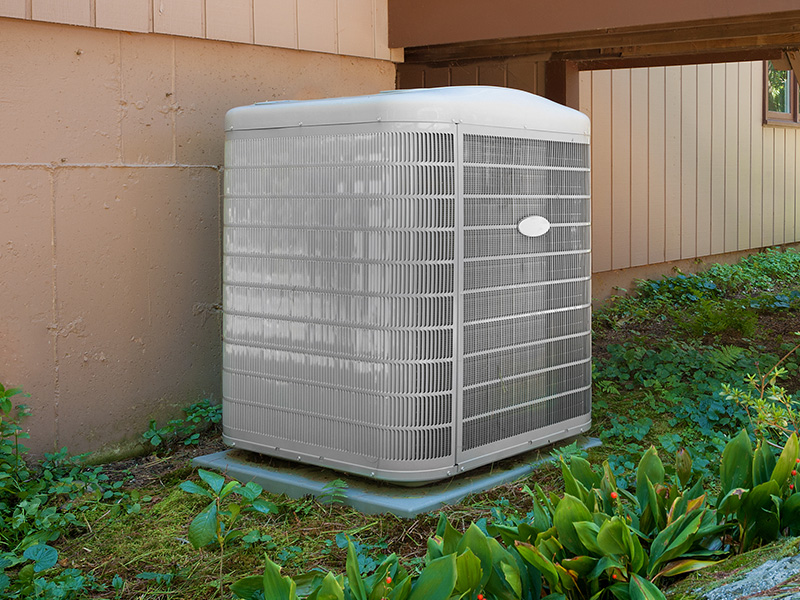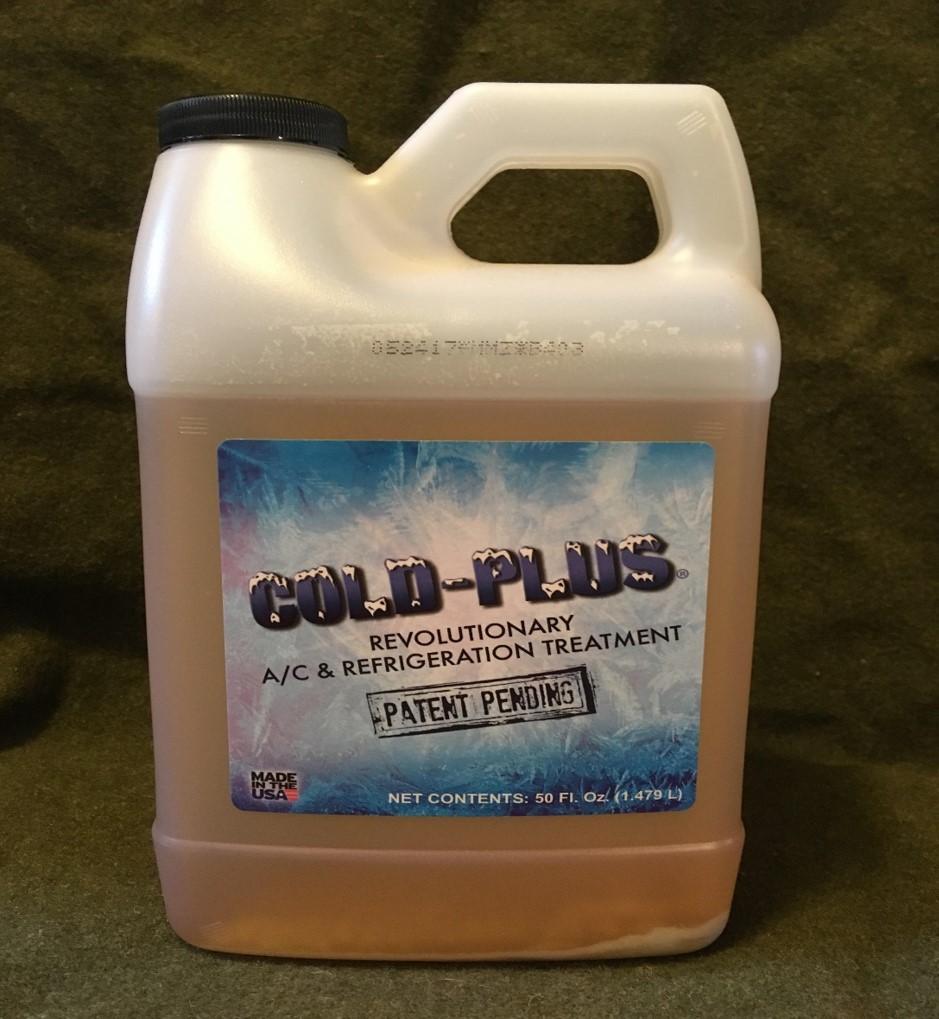
$3M Guaranteed two year project payback
Cold-Plus reduces operating costs, optimizes compressor life, and in most cases eliminates compressor maintenance.
Quality Results
Cold-Plus has contacted and conducted energy testing with most major AC equipment manufactures like TRANE, CARRIER and LENNOX along with a few other refrigeration manufacturing companies and have successfully reduced both Peak and running amp draws on their new and used equipment.
Most major AC manufacturers give very short and legally vague guarantees and warranties. They make YOU prove the equipment failure was a manufacturing flaw and do not cover the total replacement cost of the unit. Cold-Plus gives “best-in-business” warranty.
Experienced
Upwards of 90% of all AC equipment is functionally “out of warranty”. Cold-Plus extends your existing warranties as well as creates new warranties on older equipment. Three $1M guarantees makes this the strongest warranty in the business.
Cold-Plus is chemically inert, non-acidic, non-alkaline and non-flammable, making it impossible to damage compressor lines, seals and gaskets.
With over 20,000 Cold-Plus installations over the last nine years, there has not been one dissatisfied customer or malfunctioning compressor.

Commercial
and
Residential
Best in HVAC business guarantee

- Energy Cost Reduction: “an estimated peak demand savings of 86 kW, a 15.1% reduction. This translates to an energy cost savings of $16,176.”
- Oil Fouling Removal: “The increased heat transfer and refrigerant flow restored much of the degraded cooling capacity of a 12 year old Trane 20-ton Voyager A/C unit.”
- Pool Boiling Improvement: “the treatment is found to enhance pool boiling attributes of refrigerant”
- Emissions Reduction: “CO2 [Carbon Dioxide] emissions reduction: 8% / NOX [Nitrogen Oxide] emissions reduction: 8% / SOX [Sulfur Oxide] emissions reduction: 10%”
- Extended Unit Life: “The study clearly shows … the decreased KWH for each of these units. Because of the polymer this should continue for the life of the unit”
- Return On Investment: “The return on investment …based on the 8% reduction in consumption and the Cold-Plus injection cost is less than 7 months.”
- Run-Time: Reduction“compressor run-time to achieve the set peak performance system temperatures was reduced by 40.11%
- Maintenance Cost Reduction: “reduced load on the unit after treatment with Cold-Plus also results in longer operational lifespan and fewer service calls.”
- Start-Up Amp Reduction: “What the results show is a virtual elimination of the amp spike during start-up.”
- Increased Lubricity: “the treatment is found to enhance wear lubricity to compressor operations.”
Cold Plus is a chemical additive to improve the energy efficiency of HVAC systems, typically at commercial units. The compressor is the principal rotating shaft device in this system. The coolant (R22 in older units or R-410A or similar in newer units) is compressed into a nearly 100% liquid stream that moves across an evaporator heat exchanger and is partially vaporized as heat is removed from the room or building. The two-phase vapor-liquid stream then travels to the compressor inlet and is re-compressed and condensed. Compressors are predominantly lubricated with oil, categorized broadly as mineral oil or synthetic oil. The rotating seals of the compressor allow a small leakage of oil into the coolant. The oil slowly forms a boundary layer coating on the heat exchanger and other metal surfaces. This predominantly oil boundary layer lowers the heat transfer, requiring longer compressor run times to remove the building heat load and maintain the set temperature.
The Cold Plus, a multi-component suspension, is a once-per-HVAC mechanical system-life additive that displaces much of the oil from the inside boundary layer of metal surfaces and reestablishes a low friction (slippery) polymer (PTFE) to stabilize the metal surfaces. PTFE has a higher thermal conductivity of about 2.7 W/m K while oil is in the range of 0.15-0.25 W/m K. Cold Plus conceptually also reduces fluid drag for coolant flow and improves the heat transfer thus reducing the compressor run time, which at the power (kW) usage reduces energy (kWh) consumed.
